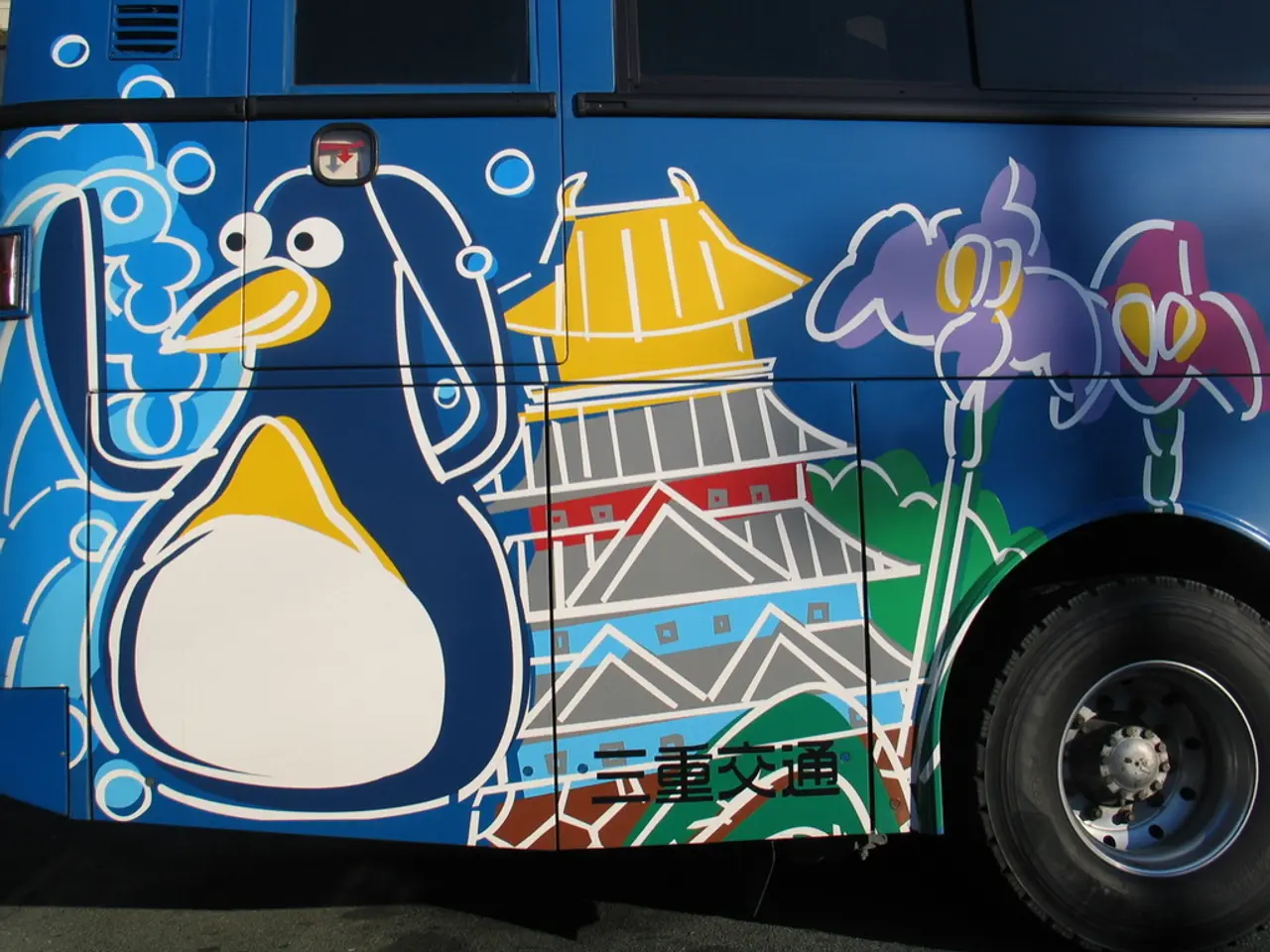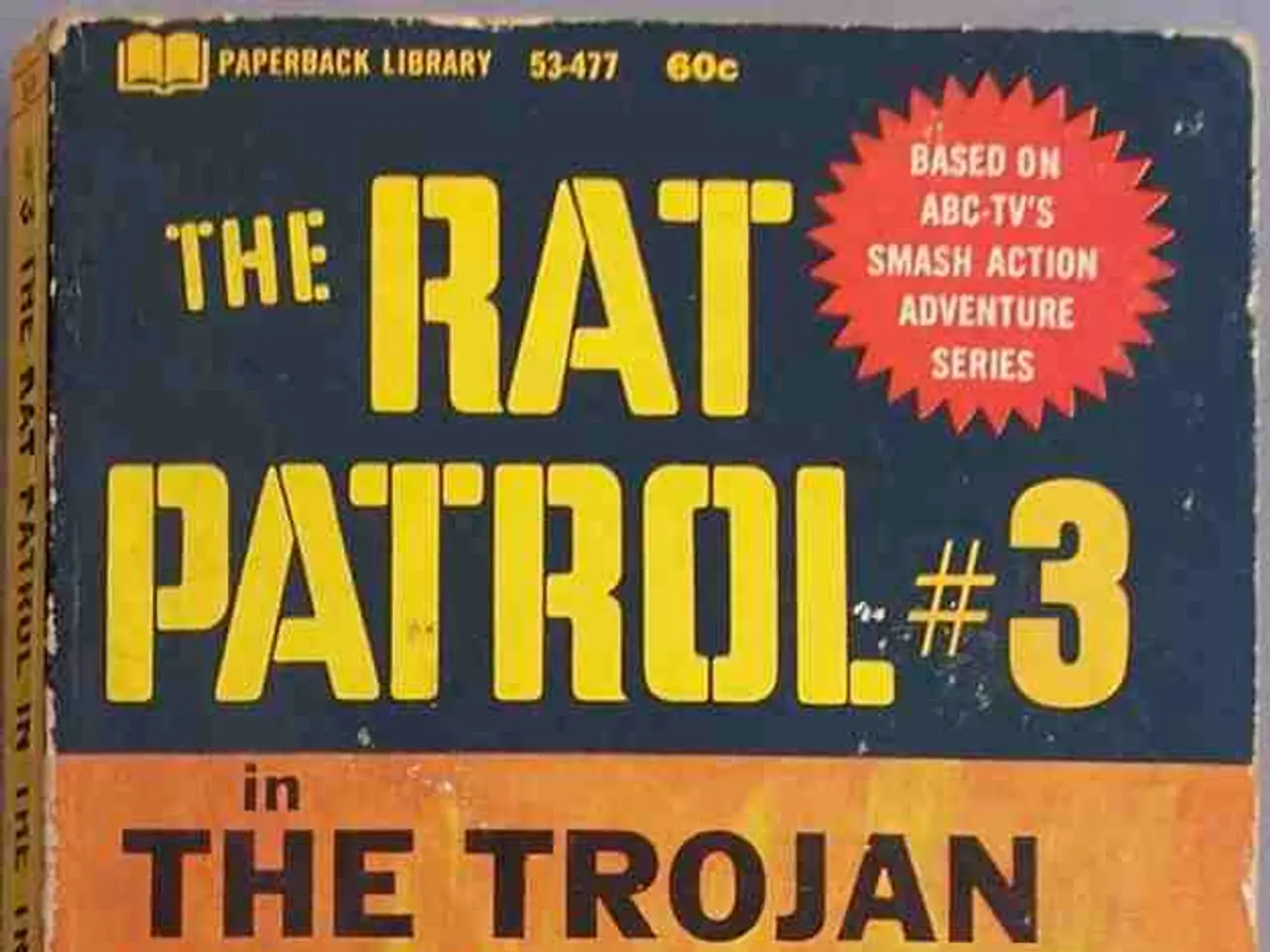Buses on three New York City routes in Manhattan and Bronx now feature hidden cameras to identify reckless drivers
In an effort to enhance bus service and reduce delays, the Metropolitan Transportation Authority (MTA) has expanded its Automated Camera Enforcement (ACE) program to include three additional routes. This brings the total number of routes with ACE technology to 42, covering approximately 510 miles of streets within the city [1].
The ACE program targets vehicles that improperly use bus lanes, block bus stops, or double park on these specific routes. Offenders will receive summonses, with fines starting at $50 and increasing for repeat offenders [2]. The MTA did not provide specific details on when the technology was installed on the additional routes or any changes in the review process for violations.
The MTA claims that routes that use ACE have seen bus speeds increase by up to 5%, with some corridors experiencing travel time reductions as high as 30% [3]. However, the agency did not provide details on the exact increase in bus speeds for each of the additional 3 routes equipped with ACE technology.
The ACE program is administered in partnership with the NYC Department of Transportation (DOT) and the NYC Department of Finance. The resulting video, images, license plate information, location, and time stamp details from the cameras are sent to DOT for review by city employees [4].
While specific quantitative improvements in overall bus speeds, collision reductions, or emissions due to ACE on NYC bus routes are not explicitly detailed, the program's goal is to improve bus movement by reducing lane blockages. The presence of automated cameras enhances enforcement beyond the capacity of traditional traffic agents, potentially decreasing bus delays caused by improper parking and lane misuse [5].
The MTA did not specify whether the increase in bus speeds on the additional 3 routes is as significant as the ones previously equipped with ACE or whether the reduction in collisions and emissions on the additional 3 routes is similar to the ones already equipped with ACE. The agency also did not mention any changes in bus schedules or service due to the installation of the ACE technology on these routes [6].
The MTA has equipped more than 1,200 buses with ACE technology, and the program has been used to target vehicles blocking bus stops and illegally using bus lanes, which helps reduce bus delays and can improve speeds on bus routes [5].
The M100, M42 bus routes in Manhattan, and the Bx5 bus in the Bronx have been equipped with automated camera enforcement (ACE) technology as of July 26 [7]. The MTA did not provide information on whether the ACE technology will be expanded to other routes in the future.
For more information about the ACE program, visit mta.info/ace.
References:
- MTA (2022). Press Release: MTA Announces Expansion of Automated Bus Lane Enforcement Program. Retrieved from https://www.mta.info/press-room/press-releases/mta-announces-expansion-automated-bus-lane-enforcement-program
- NYC DOT (2022). Automated Bus Lane Enforcement. Retrieved from https://www1.nyc.gov/dot/buslaneenforcement/
- MTA (2021). Bus Speed Improvements with ACE. Retrieved from https://www.mta.info/bus/bus-speed-improvements-ace
- NYC DOT (2022). ACE Program: How it Works. Retrieved from https://www1.nyc.gov/dot/buslaneenforcement/ace-program/
- MTA (2020). Automated Bus Lane Enforcement. Retrieved from https://www.mta.info/bus/automated-bus-lane-enforcement
- MTA (2022). No Changes in Bus Schedules or Service Due to ACE Implementation on Additional Routes. Retrieved from https://www.mta.info/press-room/press-releases/no-changes-bus-schedules-or-service-due-ace-implementation-additional-routes
- MTA (2022). New Bus Routes Equipped with Automated Camera Enforcement (ACE) Technology. Retrieved from https://www.mta.info/press-room/press-releases/new-bus-routes-equipped-automated-camera-enforcement-ace-technology
- The ACE program, a collaboration between the MTA, NYC Department of Transportation, and NYC Department of Finance, aims to improve bus transportation by reducing lane blockages and delays, partnering with the automotive industry to enforce rules on bus lanes, bus stops, and parking.
- The presence of ACE technology, used in more than 1,200 MTA buses, extends the capacity of traditional traffic agents, incorporating technology to enforce rules and regulates parking, minimizing delays in public-transit systems, such as the M100, M42 bus routes in Manhattan, and the Bx5 bus in the Bronx.
- Finances from the ACE program enable the MTA to issue summonses to offenders who violate bus lane rules, generating revenue to contribute to the public-transit industry and, in some cases, cover the expenses associated with implementing new technology or expanding its reach to more routes.




